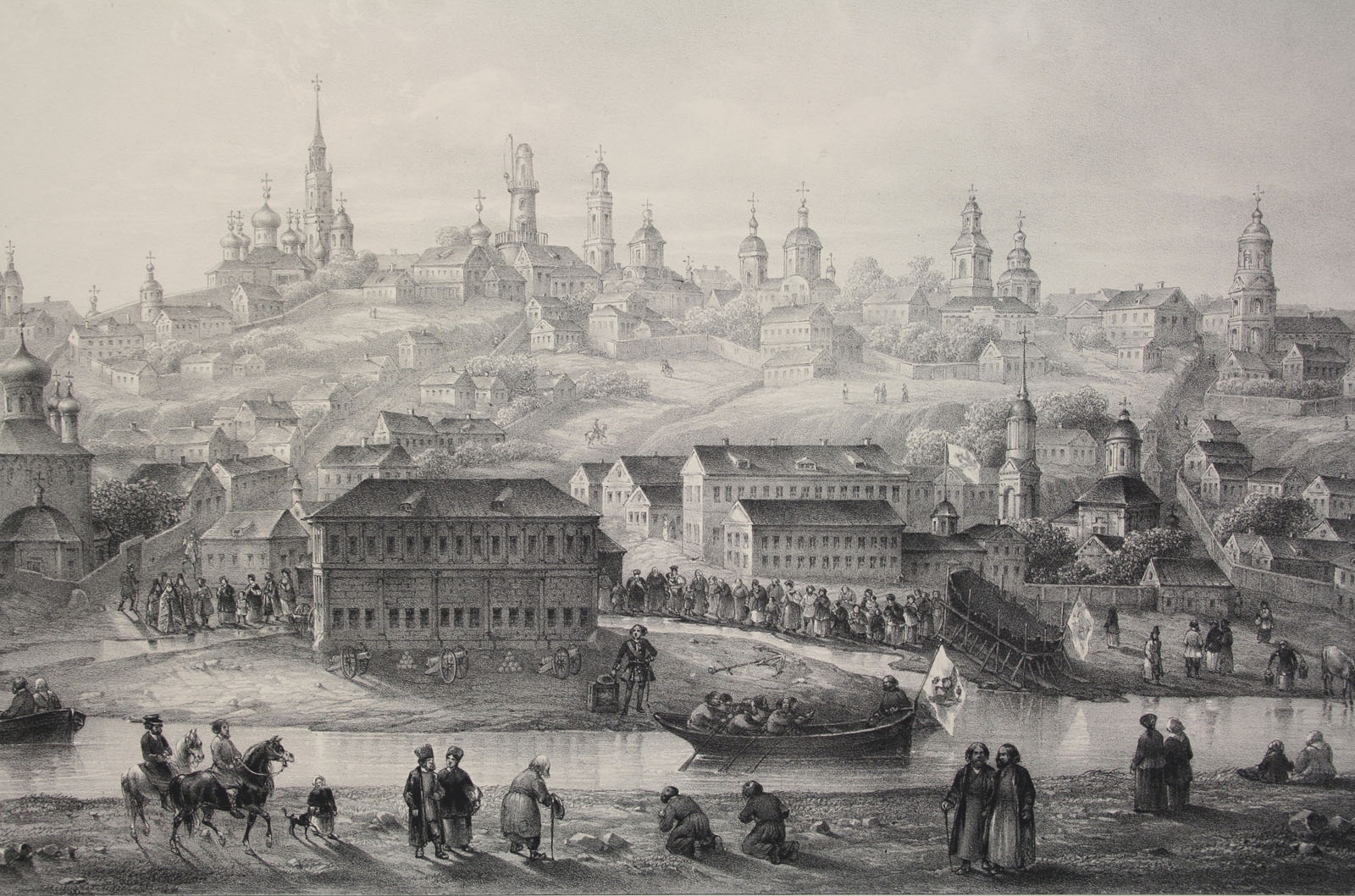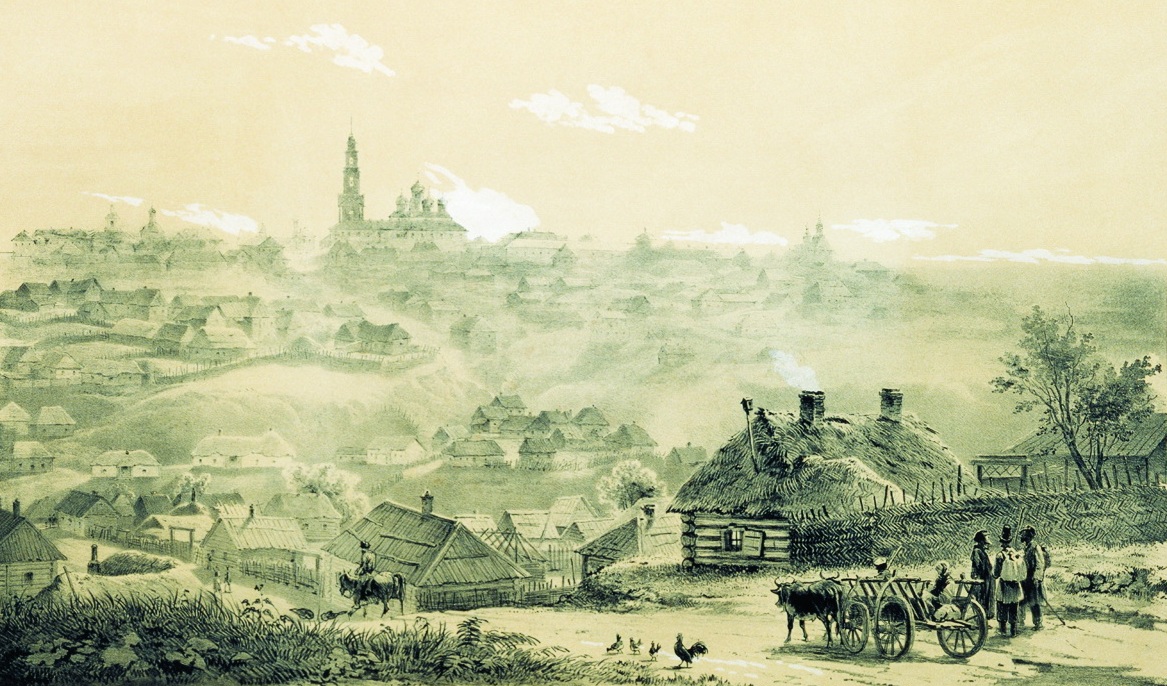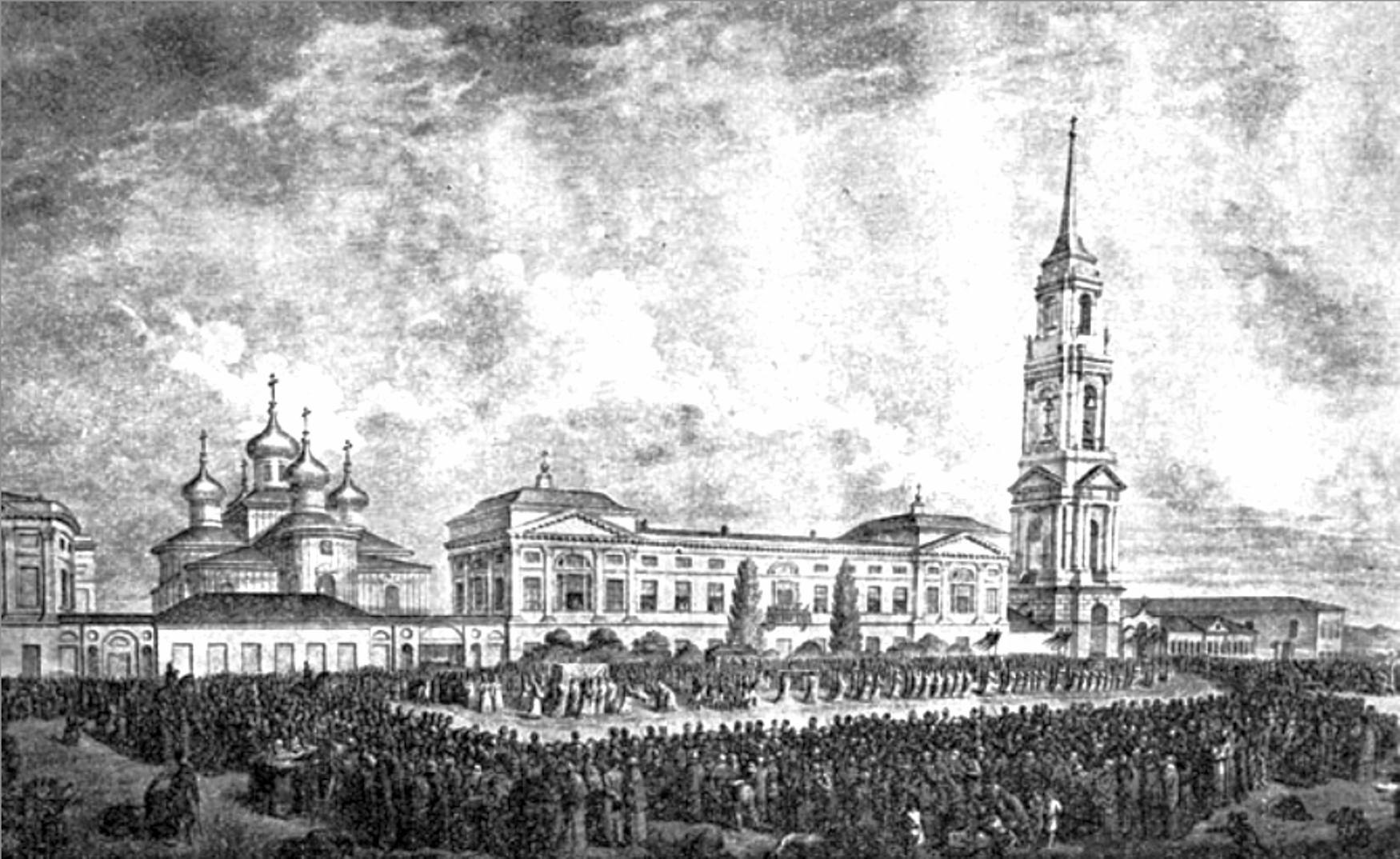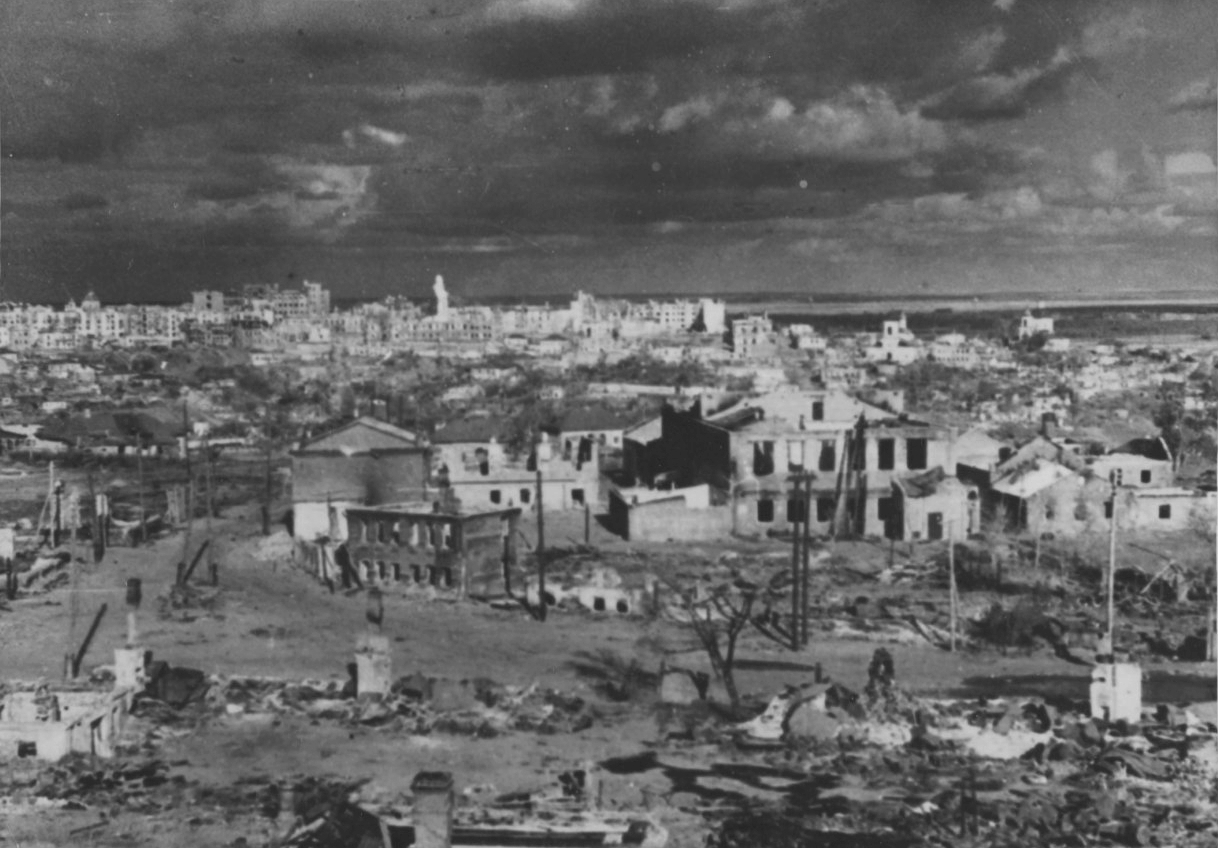History of Voronezh
16th Century
Foundation
In 1585 Tsar Feodor I ordered the construction of a fortress on the River Voronezh to protect Russia from Crimean and Nogai Tatar raids. The fortress was completed in 1586 and this year is considered the official year of Voronezh's foundation, even though it may have existed as a settlement even as far back as the 12th century. Just a few years later in 1590 the fortress was burned to the ground during a Cossack-Cherkas raid. The fortress was reconstructed in 1594.
17th Century
Time of Troubles
In 1605 Voronezh supported the cause of the First False Dmitri and even after his death in 1606 the city refused to recognise Vasily Shuisky as tsar. In 1610 Voronezh gave its support to the Second False Dmitry, who set up a refuge in the city although was unable to take advantage of it. In 1613 Ivan Zarutsky and his Cossacks, allies of Poland-Lithuania, retreated to Voronezh but a division of troops in the city blocked his route, defeated him in battle and forced him to retreat south to Astrakhan.
Bishop Mitrofan of Voronezh

In 1681 the Voronezh Eparchy was established from the Ryazan Eparchy and its first bishop - Bishop Mitrofan - took up office in 1682 who set about establishing the authority of the Orthodox Church in this area of Cossacks, Old-Believers and outlaws. Between 1684 and 1692 a new cathedral was built for the eparchy - the Annunciation Cathedral - upon the initiative of Bishop Mitrofan. Bishop Mitrofan was acquainted with Peter the Great and on one occasion Peter requested the presence of Mitrofan. Upon seeing the pagan statues that adorned Peter's Voronezh residence, Mitrofan returned home. Peter was so angry that Mitrofan had disobeyed him that he ordered he present himself at once or face execution. Nevertheless Mitrofan refused to attend until the pagan idols were removed and he waited in his chambers expecting to be arrested. However surprisingly it was Peter that uncharacteristically backed down, so impressed was he by Mitrofan's conviction. Mitrofan died in 1703.
18th Century
Shipbuilding

After Russia's First Campaign against Azov in 1695 it became apparent that the campaign was unsuccessful due to Russia's lack of a naval fleet and so Peter the Great set about to rectify this. Peter decided to establish an admiralty wharf in Voronezh to build his new fleet and shipbuilding began in 1696. Thanks to the new fleet Russia was successful in the Second Azov Campaign in the winter of 1696. The success cemented Peter's ambition for Russia to become a naval power. Between 1696 and 1722 Peter visited Voronezh 13 times to oversee the shipbuilding and in total spend over 500 days there, making it the de facto capital whilst there. In 1698 the first Russian ship of the line - the Goto Predestinatsia - was completed at the Voronezh Admiralty Wharf.
Reform and Redevelopment

Under Peter the Great's administrative reforms of 1708 Voronezh became the centre of the Voronezh Province of the Azov Governorate. From 1715 onwards Voronezh was the centre of the Azov Governorate although it was only renamed the Voronezh Governorate in 1725. After several fires destroyed much of the city, Catherine the Great adopted in 1774 a new regulated city plan for the redevelopment of Voronezh. In 1781 a coat of arms was adopted depicting a black eagle on a yellow background and a silver jug spilling silver water down a golden hill on a red background.
19th Century
St Mitrofan of Voronezh

In 1832 it was decided to canonise the 17th century Bishop Mitrofan of Voronezh as St Mitrofan of Voronezh. A ceremony took place in Voronezh to mark the opening of his relics in the Annunciation Cathedral, which Emperor Nicholas I even attended. However this was marked by tragedy as the massing of pilgrims resulted in an outbreak of cholera. In 1836 the Blagoveschensky Mitrofansky Monastery was established around the Annunciation Cathedral.
20th Century
Soviet Power

In 1905 pogroms, mutinies and mass strikes all took place in Voronezh. After the October Revolution, the 5th machine-gun regiment in the city rose up and enabled the Bolsheviks to secure power in Voronezh. In 1928 Voronezh became the administrative centre of the Central Black Earth Region, so called due to the fertile soil of the region. In 1931 the Bolsheviks blew up Voronezh's Our Lady of Vladimir Church. In 1934 the Voronezh Region was later created from the dissolved Central Black Earth Region.
Second World War

By 1942 Voronezh found itself on the frontline and was periodically subjected to air raids by the Luftwaffe. On 28 June 1942 the Nazis launched the Battle for Voronezh and parts of the city fell on 7 July 1942 and remained occupied by the Nazis until 25 January 1943. Thousands of Nazi soldiers were taken prisoner during the liberation, but the Red Army liberators found an almost completely devastated city. It has been estimated that up to 92% of residential houses were destroyed during the occupation. In 2008 Voronezh was named a City of Military Glory for the heroism shown by its defenders during the partial occupation of Voronezh which did not allow the strategically important city to be completely captured.

 History
History